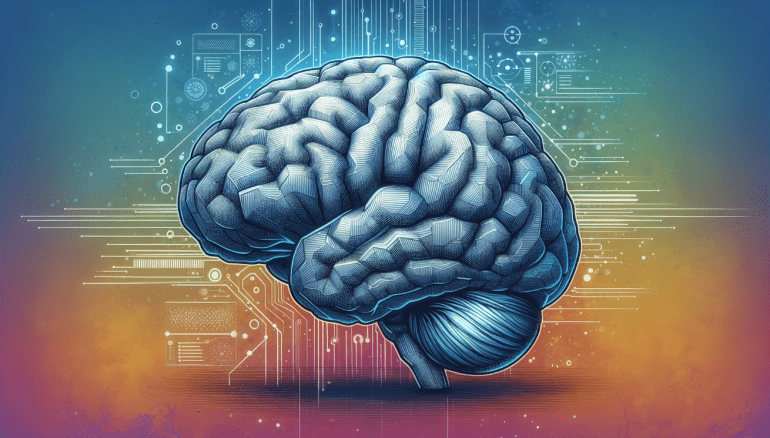- The text discusses the integration of game theory principles into language models (LLMs) to enhance their consistency and reliability.
- Researchers, led by Athul Paul Jacob, devised the consensus game, leveraging incentives and penalties to align the generative and discriminative modes of LLMs.
- The ensemble game further amplifies LLM performance by incorporating collaboration with smaller models, showcasing scalability and versatility in AI research.
- Parallel efforts at Google DeepMind explore strategic decision-making in LLMs through game theory, aiming to elevate AI capabilities to unprecedented heights.
- The convergence of methodologies heralds a new era wherein AI systems not only excel in performance but also exhibit strategic foresight and adaptability in their interactions.
Main AI News:
In the ever-evolving realm of artificial intelligence (AI), the quest for consistency and reliability in language models (LLMs) remains a formidable challenge. Comparable to the disquieting scenario of a friend offering disparate responses to identical queries, the inconsistency inherent in LLMs poses a significant obstacle to their widespread adoption and trustworthiness. To confront this pressing issue head-on, a visionary team led by Athul Paul Jacob from the Massachusetts Institute of Technology embarked on a groundbreaking exploration, delving into the untapped potential of game theory to redefine the performance standards of LLMs.
Enter the consensus game—a meticulously crafted strategic framework engineered to harmonize the generative and discriminative aspects of LLMs. By orchestrating a delicate balance of incentives and penalties, this innovative game facilitates a symbiotic relationship between the model’s two modes, nurturing self-consistency and catapulting its accuracy to unprecedented levels. Shayegan Omidshafiei, the esteemed Chief Scientific Officer of Field AI, extols the brilliance of this paradigm-shifting approach, recognizing its transformative potential in reshaping the landscape of AI applications.
Expanding upon this foundational breakthrough, Jacob and his pioneering team embark on a journey deeper into the intricate nexus between game theory and LLMs. Their latest endeavor, the ensemble game, unveils a revolutionary concept wherein smaller models collaborate synergistically with a primary LLM, amplifying its performance without necessitating cumbersome training iterations or parameter adjustments. This groundbreaking initiative underscores the scalability and versatility of integrating game theory principles into the fabric of AI research.
Meanwhile, across the expanse of Google DeepMind’s illustrious domain, Ian Gemp and his visionary cohorts embark on a parallel odyssey, wielding the formidable arsenal of game theory to endow LLMs with strategic finesse. By transmuting real-world scenarios into strategic battlegrounds and computing Nash equilibria, they empower LLMs to navigate intricate webs of interaction with unparalleled acumen and sophistication. This comprehensive approach promises to propel AI capabilities to unprecedented heights, heralding a new era of strategic engagement and nuanced decision-making.
As these parallel narratives unfold, the convergence of methodologies appears not only likely but inevitable. Jacob envisions a future wherein these disparate strands of research seamlessly merge, ushering forth a new paradigm wherein AI systems not only excel in performance but also exhibit strategic foresight and adaptability in their interactions—a watershed moment poised to redefine the very essence of artificial intelligence and its impact on society.
Conclusion:
Integrating game theory principles into language models represents a significant advancement in the AI market. This approach promises to enhance the consistency, reliability, and strategic acumen of AI systems, paving the way for more sophisticated applications across various industries. As AI technologies continue to evolve, businesses that leverage these advancements stand to gain a competitive edge in a rapidly changing landscape.

